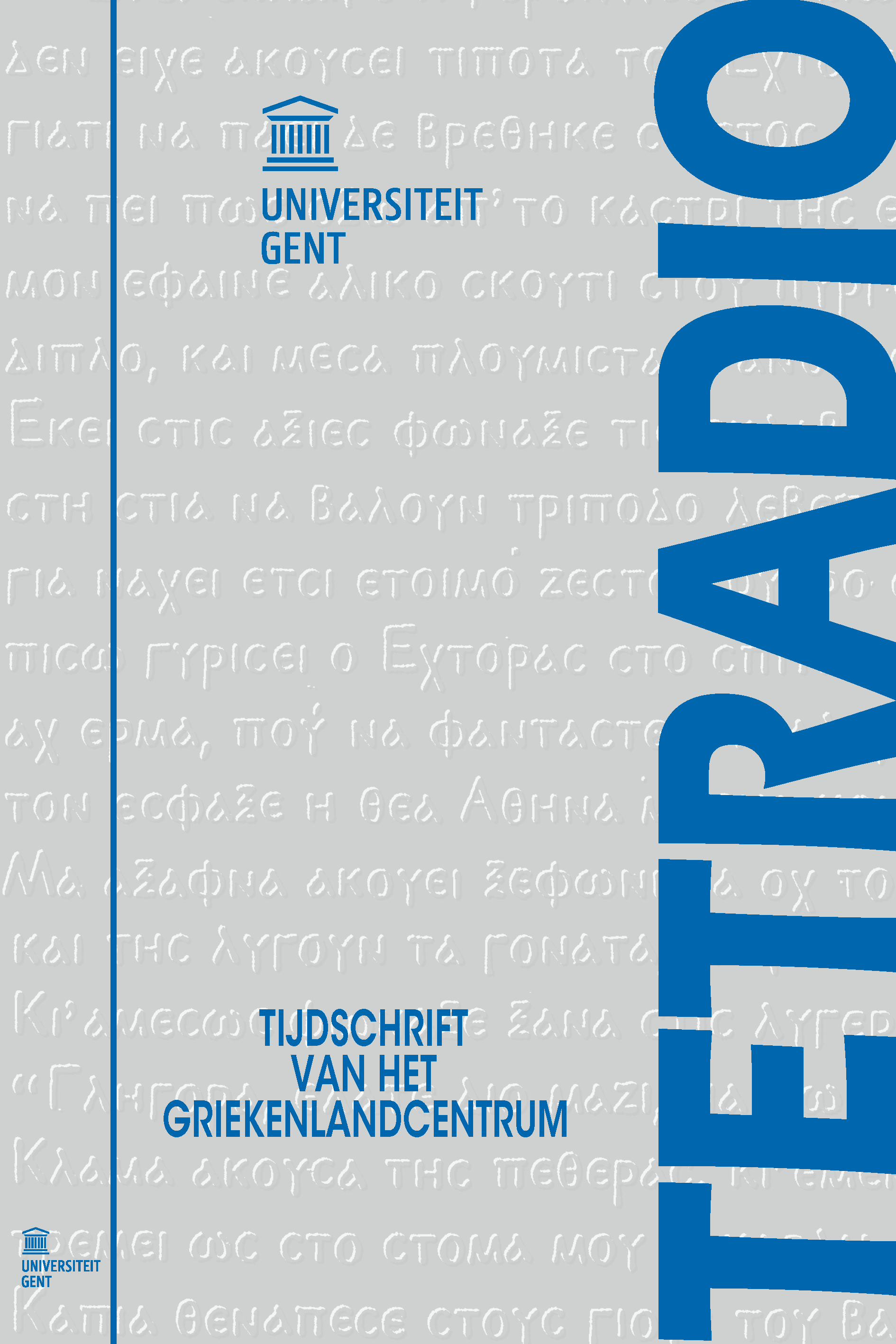Ligt in 't heden ook 't verleden? De vergrieksing van Thessaloníki in de twintigste eeuw
- Hero Hokwerda
Abstract
Nowadays Thessaloníki is a much different city from the Salonica of the last years before 1912, when the city came to be incorporated into modern Greece. Today, it is in every aspect a Greek city in a Greek state, while only one century ago it was a polyethnic city in the polyethnic and multicultural Ottoman Empire. Besides a number of smaller communities, there were three main population groups: the Turks, representing the ruling nation (about 25 percent oftotal population), the Jews, the largest group (although not the majority: about 45 percent), and the Greeks (about 20%), till 1912 on the same subordinate level as their Jewish fellow citizens but by far outnumbered by them. After 1912 started the often painful and tragic process of Thessaloníki ́s `Hellenization ́, with the Great Fire of 1917, the population exchange of 1923 and the deportation of the Jews under German Occupation as its main landmarks. Thelecture makes use of, and comments upon, the anthology and its epilogue (all in Dutch) Gioconda, The Jews of Thessaloníki in Greek Literature, composed and translated by the speaker and published in 2004, in a fortunate coincidence with Mark Mazower's historical study Salonica. City of Ghosts. Christians, Muslims and Jews 1430-1950 (2004) and dominated by similar feelings of nostalgia. The main emphasis of the lecture is on the twentieth century and on the relations between the Jewish and Greek population groups.
How to Cite:
Hokwerda, H., (2007) “Ligt in 't heden ook 't verleden? De vergrieksing van Thessaloníki in de twintigste eeuw”, Tetradio 16(1): 3, 41–56. doi: https://doi.org/10.21825/tetradio.91772
Downloads:
Download PDF
View PDF
